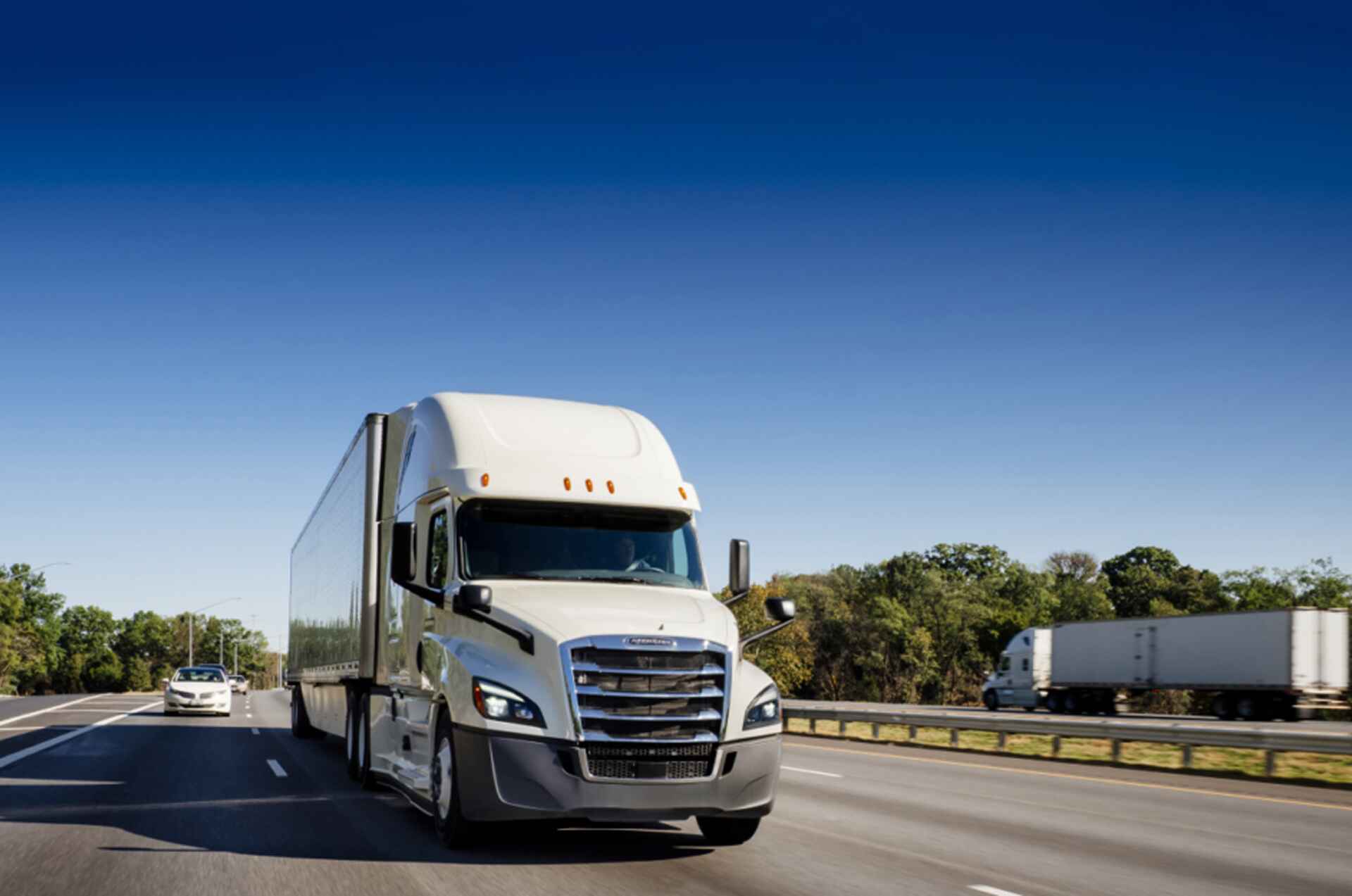More than 60 years after it was founded, Walmart continues to play the role of retail innovator. From embracing blockchain technology to deploying robots in its regional distribution centers, Walmart isn’t afraid to break the mold.
First published May 26, 2023 in Supply Chain Brain. Author: Balaji Guntur, Chief Operations Officer, Hoptek
Just last year, the big-box retailer created its Fleet Development Program, which gave long-haul drivers — whose average salary is $56,491 — the opportunity to earn $110,000 in their first year alone. The revolutionary program set a new standard for driver compensation.
More recently, Walmart launched an equally bold initiative, the Associate-to-Driver Program, adding drivers to the fleet by hiring internally. But is this latest effort a real remedy for the driver shortage, or simply a PR move aimed at boosting employee morale?
The Associate-to-Driver Program builds off the success of the Fleet Development Program, which, in addition to boosting wages, gave supply chain associates in select parts of the country the chance (and training) to become commercial drivers. The Associate-to-Driver Program goes further, extending this opportunity to those employed in retail, distribution centers, fulfillment centers and transportation offices. Upon selection, candidates must complete a 12-week training course to earn their commercial driving license (CDL). Once these conditions are met, graduates of the program may earn up to $110,000 starting salary and are entitled to the same comprehensive benefits rolled out during the Fleet Development Program. This opportunity not only includes comprehensive health insurance plans and a generous amount of paid vacation days, but also a career with linear growth, as longer-tenured truckers are offered regular pay bumps.
On paper, the program sounds like a miracle cure for both the driver shortage and Walmart’s subpar employee satisfaction rates. (Just 62% of Walmart’s retail workers have a positive view of their work environment.) In actuality, Walmart is taking a significant financial risk by rolling out the Associate-to-Driver Program. Before graduates are able to hit the open road, a large amount of capital must be invested in each candidate — CDL training often costs between $3,000 and $10,000, and can take anywhere from a few weeks to several months. The lack of professional driving experience among retail workers can make this process frustratingly inefficient, with a significant amount of labor, time and money being devoted to a large swath of retail workers with trucking aspirations, when only a fraction of them will prove to be capable long-haul drivers. When organizations hire seasoned drivers who already have their CDLs, no up-front investment is needed, and candidates come with a track record of experience, safety and employer satisfaction. Walmart, on the other hand, is shooting in the dark. Bringing on inexperienced workers is antithetical to its previous practice of hiring veteran truckers with long track records of safe driving. In addition, Walmart already has a reputation of taking too long to hire drivers, and the Associate-to-Driver Program could do more to exacerbate this inefficiency. Perhaps this is why the company plans to add only 400 to 800 internally hired drivers, which is a miniscule 3% to 6% of the total fleet of 13,000.
The conservative nature of the rollout leads us to believe that it won’t drastically affect global trucking practices. The Associate-to-Driver Program is unlikely to alleviate demand for for-hire drivers, which will increase as the driver shortage persists over the next several years. There is some potential for the program to slightly affect private fleets such as those held by Coca Cola, PepsiCo, and Sysco. However, if these organizations want to compete with Walmart’s growing trucking empire, their capital is better spent creating incentives that will lure or-hire drivers, as well as modernizing their fleet with new advancements in route planning technology.
While Walmart’s Associate-to-Driver program may not provide an effective solution to the driver shortage, it’s excellent for optics. By giving workers on the lowest rung of the corporate ladder a path toward a long-term, well-compensated career, Walmart comes across as confident in its workforce, and loyal to employees. This move humanizes the Walmart corporation by compassionately rewarding its own workers when outsourcing labor might be the cheaper option. Public perception can increase stock prices and bolster employee morale, and entry-level associates are more likely to take pride in their work if they see their current retail position as a step toward higher-paid, salaried employment.
Walmart’s latest move is unlikely to make waves in the global trucking industry, but its Fleet Development Program has already revolutionized commercial driving practices for the better. Many truckers who used to see their work as volatile and stopgap employment now view it as a steady career with upward mobility. Walmart set an industry standard; the American Trucking Associations reported that truckload fleets paid 10.9% more in compensation in 2022 than in the previous year.
Walmart achieved this feat by shifting the incentives. No longer were drivers paid per load or per mile, but were instead rewarded based on their record of safety and reliability. Miles-based and load-based incentives encourage speeding as well as staying awake for unhealthy stretches of time. The results speak for themselves: the American Trucking Associations has awarded Walmart the Safest Fleet in the Over 250 Million Mile Division for six consecutive years.
By separating driving and route planning into two distinct roles, Walmart was able to prioritize safely and reliability. Less successful organizations often penalize drivers for poor route planning when the onus shouldn’t be on them in the first place. Walmart drivers don’t have this burden because the company uses innovative software that factors in distance, traffic, delivery windows and fuel consumption to create accurate and efficient routes. By using real-time tracking, Walmart can tweak routes and delivery schedules on the fly. This results in less dwell time, which means less fuel wasted, smoother relationships with carriers, and an overall boost in efficiency.
The Associate-to-Driver and Fleet Development programs showcase Walmart’s commitment to employee retention. But they also represent long-term investments which the company is betting will pay off when demand surges later in this decade. Walmart structures its contracts to encourage commitment, offering reimbursement if internally trained drivers don’t fulfill their contract obligations, as well as dedicating capital to accounts receivable divisions that hit the pavement looking for deadbeat drivers.
Walmart may be prescient in taking these bold steps to alleviate the driver shortage, as this problem is only likely to increase in the foreseeable future. Latest estimates show 78,000 drivers lacking, with projections to 160,000 by 2030. Massive driver shortages would have a cascading effect, negatively impacting every sector of the global economy.
While the pandemic and ensuing supply chain issues have presented the trucking industry with hurdles, Walmart is taking advantage of the situation by overhauling its business model and setting itself up for long-term profitability. It will be interesting to see whether these bold programs will take hold over the next several years, and what will be the long-term impact.



